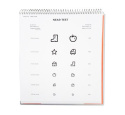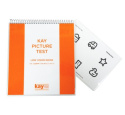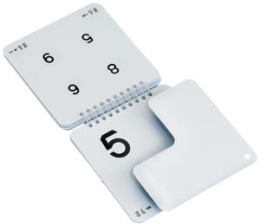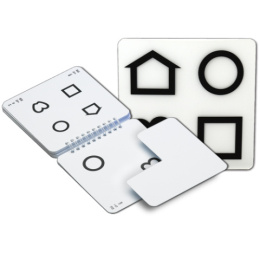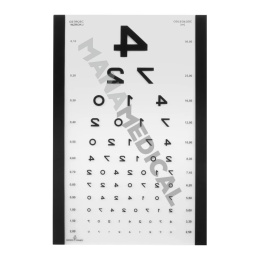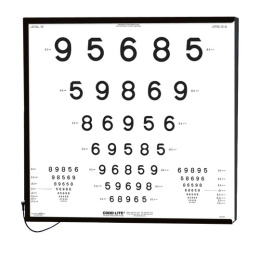
-
Koszyk jest pusty
-
x
PROGRAM LOJALNOŚCIOWY Zarejestruj się i zbieraj punkty - kliknij tutaj

-
Koszyk jest pusty
-
x
- Kategorie
-
Test Kay Pictures Low pediatrycznny do dali i do bliży , 59813 KPTLOW


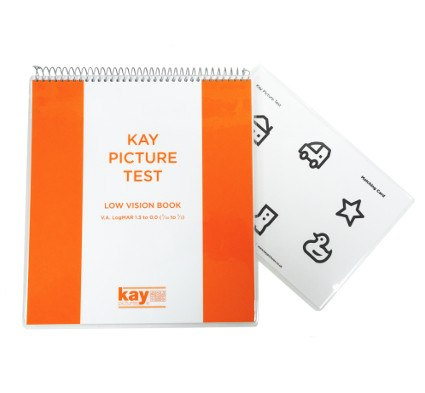

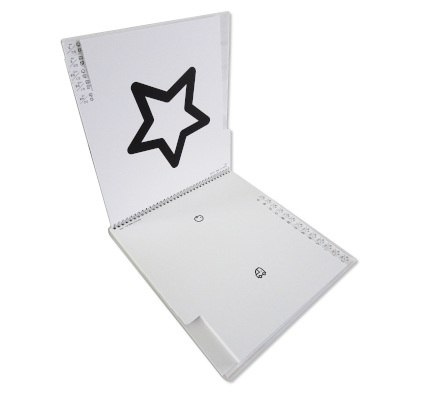

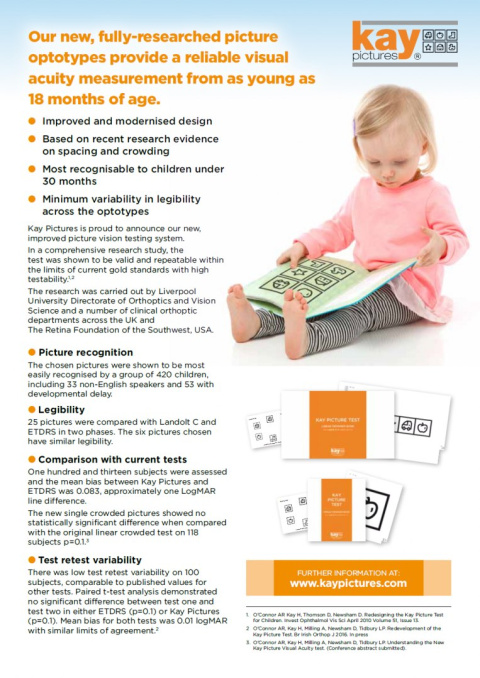

Test pediatryczny do badania ostrości wzroku do dali i do bliży, od 18 miesiąca, skala snellen, LogMar ,

| Wysyłka w ciągu | . |
| Cena przesyłki | 0 |
| Dostępność |
na zamówienie
|
| Pełna oferta | |
| Kod kreskowy | |
| EAN | |
Odpowiedni do niewerbalnego badania wzroku dzieci od 18 miesiąca życia.
Nowa książka Kay Picture Test Low Vision jest szczególnie przeznaczona do testowania osób ze słabym wzrokiem.
Zapewnia badanie ostrości wzroku niezatłoczonego obrazu z odległości trzech metrów i z bliska. Test dla słabowidzących obejmuje czternaście rozmiarów ostrości od 1,3 do 0,0 LogMAR. Przy każdym rozmiarze ostrości są trzy lub cztery opcje obrazu. Oznaczenie rozmiaru jest pokazane w indeksie bocznym i na stronie zwróconej do osoby testującej. Są to skale LogMAR, Snellena i stopy.
Ponadto zawiera test widzenia do bliży, który pokazuje dwa obrazy dla każdego rozmiaru ostrości od LogMAR 1,3 do 0,0 przy 33 cm na szeroko rozstawionym wykresie dla łatwiejszej identyfikacji. Pełne instrukcje znajdują się na wewnętrznej stronie okładki. Dołączona jest również karta dopasowująca do rozpoznawania obrazu lub do użycia podczas testów. Wiek 18 miesięcy +.
Test obejmuje nasze nowe, w pełni zbadane optotypy obrazu, które zapewniają wiarygodny pomiar ostrości wzroku porównywalny z ETDRS. Kay Pictures jest małą rodzinną firmą założoną w 1984 roku przez ortoptystkę Hazel Kay, która rozwija własny program wczesnych pomiarów i badania ostrości widzenia u małych dzieci (do 18 miesiąca życia) oraz tych z zaburzeniami uczenia się.Projekt Kay Pictures tworzą Hazel Kay i Sebastian Gibbs.Przez lata pracy Hazel zaprojektowała wiele uzupełniających ofertę pediatryczną i ortoptyczną testów służących do utrwalania, badania niedrożności widzenia, kolorowych naklejek ocznych oraz innych terapeutycznych produktów oceniających widzenie barw. Oferują również pediatryczne testy do badania widzenia barw oraz stereo testy.
Jej optotypy zostały zrecenzowane, unowocześnione oraz zatwierdzone po przeprowadzeniu obszernych badań przez Kierownictwo Uniwersytetu w Liverpoolu oraz Wydziału Ortoptyki i Nauk Widzenia.Oferowane testy ostrości widzenia są używane przez specjalistyczny personel medyczny tj. ortoptystów, okulistów, optometrystów, jak również szkolne pielęgniarki, nauczycieli zajmujących się uczniami o wyraznym upośledzeniu widzenia czy pediatrów.
Cechy produktu:
LogMAR VA: 0,80 do -0,10 (3 m)
Z tabliczką odpowiedzi , instrukcja
Przykładowe badanie :
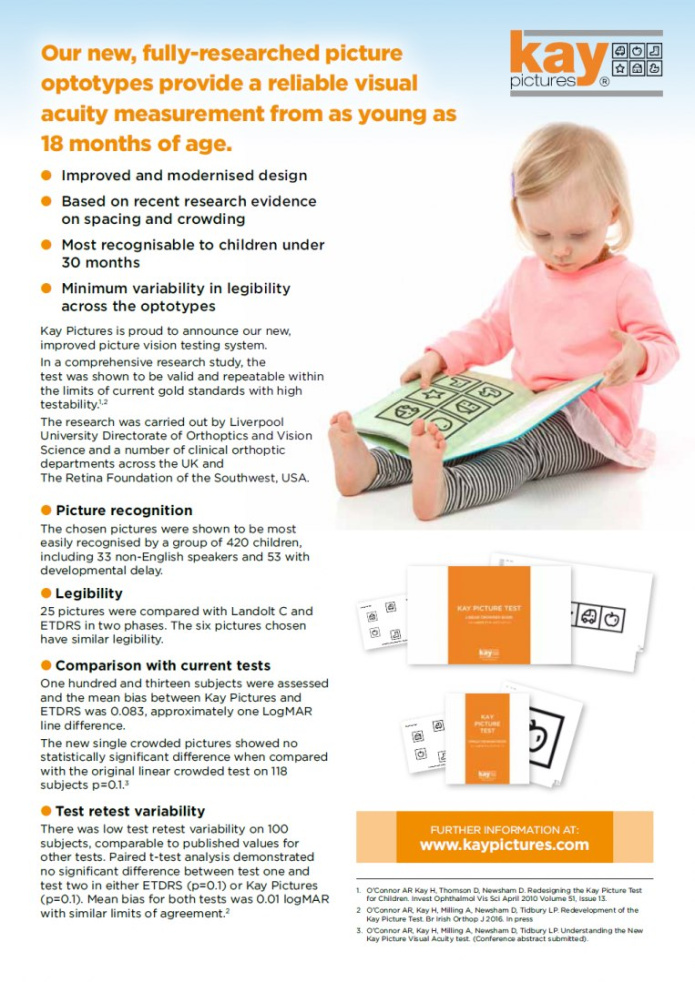

Informacje dotyczące bezpieczeństwa
Trzymać z dala od żródeł ciepła, nie wystawiać na promienie słoneczne . Do użytku tylko przez przeszkolony personel .
Dane producenta
Kay Pictures Ltd
Unit 39, Silk Mill Business Park, Brook Street
HP23 5EF Tring, Hertfordshire
United Kingdom
+44 (0)1442 823507
contact@kaypictures.co.uk
